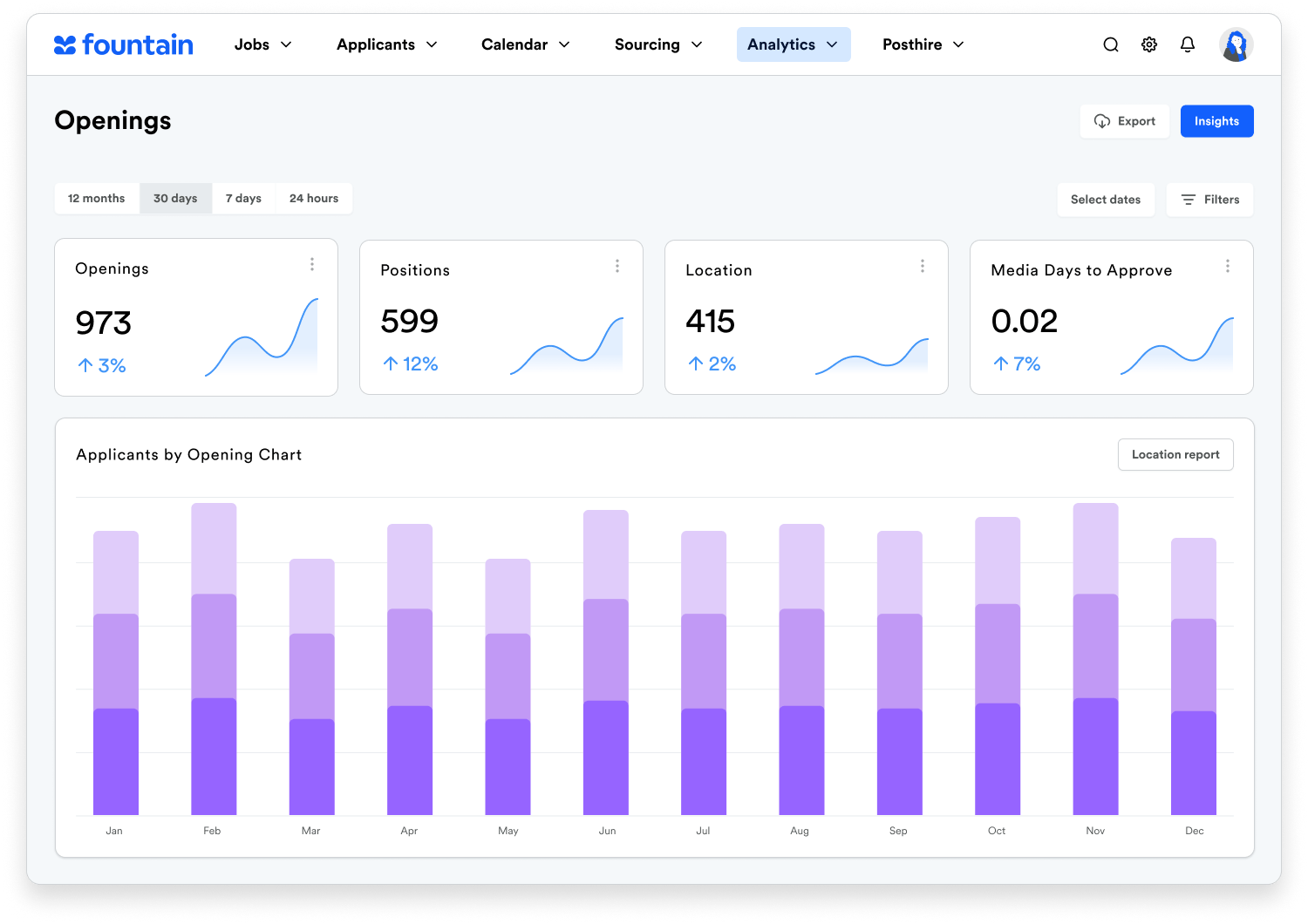Years ago, I developed a bagel habit. I became a regular at a bagel shop, where the same young man would often take my order. Trevor was good at his job — poised, unfazed when the line was long, and not prone to mistakes. But as the months went by, Trevor became memorable not so much for his work performance as for his longevity. Month in and month out, Trevor was there. His lasting presence was a novelty.
Hourly workers like Trevor are essential to the daily workings of a business. If Trevor were rude or slowed down the line, patrons like me could be turned off. Instead, I was happy to see Trevor at the counter, and I kept going back. Every week, consumers encounter cashiers, package deliverers or sandwich makers, but they don’t encounter many Trevors.
Overall, the American hourly worker comprises at least 60% of the workforce. Accompanying that reality is a stark statistic: in a given year, some industries lose nearly as many employees as they keep. Recent reports show 73% annual turnover of hourly workers in the restaurant industry and 65% in retail.
Why there’s a revolving door for hourly workers
Surveys can help us understand some reasons for chronic high turnover. Gallup data from 2017 showed hourly worker satisfaction is low. Only 35% reported being “completely satisfied” with their chances for promotion, for example, and fewer than 1 out of 3 (29%) were similarly satisfied with their earnings. Importantly, results did not simply reflect a disgruntled workforce. Hourly workers lagged behind their salaried counterparts on most measures, with the largest gaps in compensation and benefits. Job security, promotion opportunities, and on-the-job recognition also showed large differentials between the groups.
To address this triple reality — a workforce heavy on hourly workers, companies caught in a costly turnover cycle, and low satisfaction among this segment — companies are wise to begin their retention efforts before workers walk in the door.
Changing the steps of the hiring process
Business professor John Bateson explained in the Harvard Business Review that the typical hiring process may be conducted in the wrong order. Resumes are often the first screen, followed by interviews, then psychometric testing. “Many service companies, including retailers, call centers, and security firms, can reduce costs and make better hires by using short, web-based psychometric tests as the first screening step,” said Bateson and his co-authors. Among the reasons? Resumes can be embellished, take time to read, and are limited in what they reveal, making their influence questionable. And testing can now be nimble and accessible, providing an informative first look at whether a candidate may be a good fit.
What are job candidates giving away?
The type of psychometric tests hiring managers administer and their role in recruitment and hiring are important. Consider how an applicant may experience a lengthy multiple choice assessment. These not only represent an investment of a candidate’s time, they often require linguistic, memory, and reasoning skills. Candidates may be wary of a “gotcha” scenario, in which there are desirable and undesirable answers, and saying the wrong thing could be a dealbreaker. That may make respondents nervous about what the test will reveal, not unlike a medical diagnostic test that could bring unwelcome news. Employers may then keep the results to themselves, citing proprietary methods or insufficient time.
Pre-hire assessment results may also be seen as something that job applicants give the hiring organization, regardless of their desire to do so. This sets up an asymmetric dynamic from the get-go — a problematic start for an hourly worker who may be less inclined to have long-term goals and a sense of loyalty toward a company. Moreover, in an era of widening privacy concerns, respondents may be wary of what they’re giving away. They may be mindful of the potential to be weeded out. Combine all these issues, and the outcome is predictable: the “candidate” may not truly be the person completing the assessment.
Flipping the script
A shift in the balance can make all the difference in setting the tone for the relationship between hourly workers and employers. Assessment results aren’t something the job candidate provides to the employer at the employer’s behest. Instead, imagine offering these results as an asset from the employer to the applicant. By providing transparent, easy-to-digest personality insights about candidates, the hiring organization cultivates a culture of self-knowledge and encourages mutual respect.
Let’s have a little fun
A 2017 report by Deloitte noted that companies must now manage their “employment brand,” as prospective employees now often find companies rather than the reverse. Deloitte’s analysts were clear in their emphasis: “Outreach campaigns to educate and attract candidates may be just as important as customer-focused advertising.” Leading organizations now cultivate these contacts with innovations in video, content, and pre-hire assessments that have an engaging, game-like focus. An example is the Traitify personality assessment, which uses images in a fast-paced format and enjoys a more than 95% completion rate and 90 second completion time.
Hourly workers are vital to lasting success in competitive landscapes. The best-positioned strategies to retain these workers will begin with their days as job candidates and set a growth-oriented, collaborative tone.

 Jan 23 2019
Jan 23 2019
